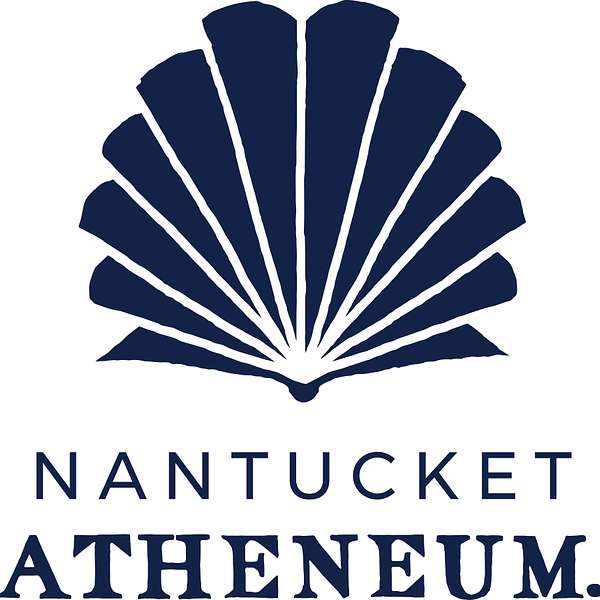
Nantucket Atheneum Podcast
The Nantucket Atheneum Podcast covers stories and topics about our local library, Nantucket history and libraries in general.
Nantucket Atheneum Podcast
Japan-Nantucket (Rashomon): Episode 8 - The Daughters of the Samurai: A Ten-Year Experiment
•
Nantucket Atheneum
•
Season 6
•
Episode 8
This week we discuss another book that added context and a new perspective to our story of Nantucket expats in Japan was Daughter's of the Samurai by Janice Nimura.
This is a production of the Nantucket Atheneum. It is hosted and edited by Janet Forest. It was researched, fact checked and co-hosted by Reference Library Associate Jim Borzilleri. Special thanks to the Berkshire Athenaeum for use of their space and Shire Video for production support.
SHOW NOTES:
If something piqued your interest and it isn’t in the Show Notes, please email info@nantucketatheneum.org. and include “Podcast Question” in the subject header.
- Janica Nimura is also author of The Doctors Blackwell about Elizabeth Blackwell the first woman to received a M.D., and her sister Emily, who was even more skilled. Together they founded the first hospital staffed entirely by women, in New York City.
- While Sutematsu Yamakawa was the youngest of her siblings to travel to the West, at least two of her brothers and two of her sisters also made the journey.
- In the early 1860’s Kiyotaka Kuroda was a skilled swordsman of the Satsuma domain, deeply resentful of the Western “invaders”. After witnessing the British shelling of Kagoshima in 1863, he realized that only military parity would ensure Japan’s independence and immediately began to study western gunnery. This existential need for parity, as well as the recognition they embodied the samurai spirit, led Kuroda to consider the defeated Aizu and others a valuable asset to Japan’s future. After a turbulent career, he became Prime Minister of Japan in 1888.
- Though he went on to have a distinguished career in military service and education in the Satsuma-dominated Meiji Era, Hiroshi Yamakawa continued to support the exiled Aizu community for the rest of his life, at great personal and financial cost.
- Soon after arriving in New Haven, it was clear that Sutematsu and Shige would assimilate faster in separate households, and Shigei was sent to live with the family of Rev. J. S. C. Abbott. Rev. Abbott had previously led the Nantucket Congregational Church, and Shige later recalled visiting the island with one of Rev. Abbotts’ daughters during a summer break.
- Shige was not the first citizen of Meijii Japan to visit Nantucket. Three students from Brooklyn Polytechnic Institute stayed several weeks in 1872 and gave several newspaper interviews.
- While they were undoubtedly acquainted, neither Shige nor Sutematsu took a class with Maria Mitchell. However, Sutematsu’s classmate, Florence Easton, (later Conable) not only studied with Prof. Mitchell, but later supported the Maria Mitchell Association. In 1913 she hosted Capt. Richard and Caroline Swain at her home in Monrovia California. As Caroline also likely knew Sutematsu she was probably a point of conversation. Florence Easton Conable donated the scrapbook she kept at Vassar to the Maria Mitchell Association. Tucked into it is a “carte de visite” photo of Sutematsu taken at the Borgardus studio in New York City. A diary kept by another classmate, Anne Wyman Southworth, now in the Vassar collection, puts both Flora and Sutematsu at that studio on Jan 22nd, 1882.
© The Nantucket Atheneum